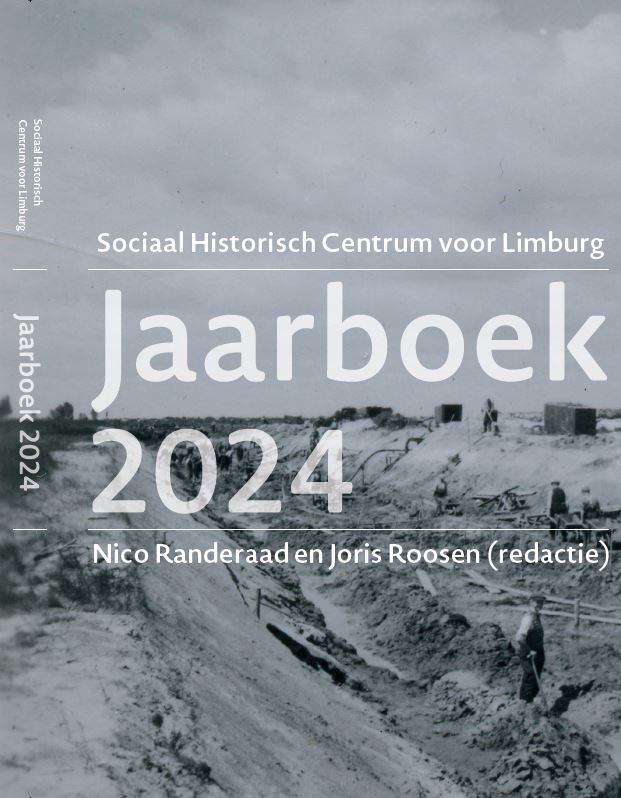Het landschap belast
Grondbelasting in het Land van Valkenburg tot 1794
DOI:
https://doi.org/10.58484/ssegl.v69i21883Trefwoorden:
grondgebruik, landschappen, Limburg, grondbezit, belastingSamenvatting
Land tax registers provide a wealth of information on the history of landscapes. In the villages of Valkenburg County (1100-1794), land tax was the main source of government revenue, based on the traditional societal division between the privileged classes (gentry and clergy) and commoners. Throughout the 17th and 18th centuries, rising taxes and the unequal distribution of tax burdens generated growing resistance among the population, often with support from the central government, which was eager to increase revenues. Debates over tax reforms left behind a rich collection of legal records that offer a detailed view of the administrative landscape. This landscape was envisioned as a grid of homogeneous land parcels, each classified and taxed according to ownership. During the Habsburg rule in the latter half of the 18th century, this effort culminated in detailed surveys, cadastres, and provincial maps. This article highlights key developments in Valkenburg County’s administrative landscape, using archival sources that have been largely neglected in historical research.
Downloads
Downloads
Gepubliceerd
Nummer
Sectie
Licentie
Copyright (c) 2025 Eduard Dormans

Dit werk wordt verdeeld onder een Naamsvermelding-NietCommercieel 4.0 Internationaal licentie.


